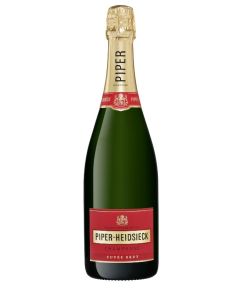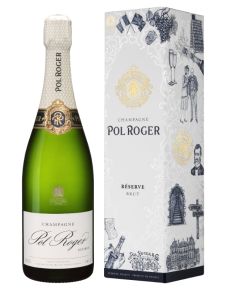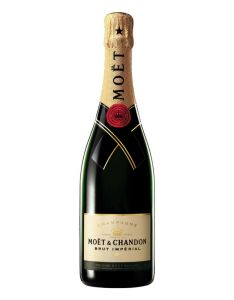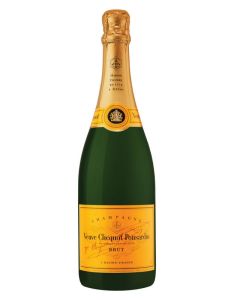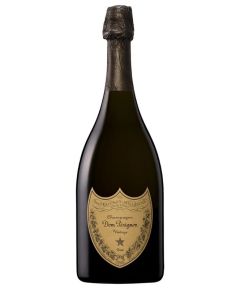What Makes Champagne Special?

Dec 20, 2023
By
tflavius
What Makes Champagne Special?
Glad you asked.
Champagne is only “Champagne” when the grapes are grown and the wine is bottled in the strict perimeter of Champagne, France. Everything else that bubbles is tucked firmly under the “sparkling wine” category. While there are delicious sparkling wine ambassadors from every major wine growing region – Italy’s Franciacorta or Prosecco, French Cremant or Spanish Cava – there is only one Champagne.
The unique soil composition founded on chalky limestone and clay is a key contributor to the distinct qualities of the regional wine. Insulated in a small cool climate region of northwest France, Champagne’s climate creates plenty of peppy acidity in the grapes themselves which brings a freshness and vitality to the final wine. Built predominately on Chardonnay, Pinot Noir, and Pinot Meunier, Champagne is created by putting the wine through a second fermentation in the bottle to trap all of the happy bubbles. Known as the “méthode champenoise” (Champagne method), this traditional, hands-on bottle fermentation is where the magic happens, lees are stirred, sugar is adjusted, and the bright brilliance of Champagne is born. This is also where the various sweetness levels of Champagne, ranging from Brut Nature (bone dry) to Doux (sweet) are determined. This famous Champagne method was the brainchild of 16th century monks who began bottling wines before the fermentation was complete – some believe accidentally – and has been refined over the ensuing centuries. Today, Champagne remains one of the most coveted, celebratory wines on the market, with all sorts of fan fare showcasing well-established Champagne Houses to the rise of Grower-Champagne.

